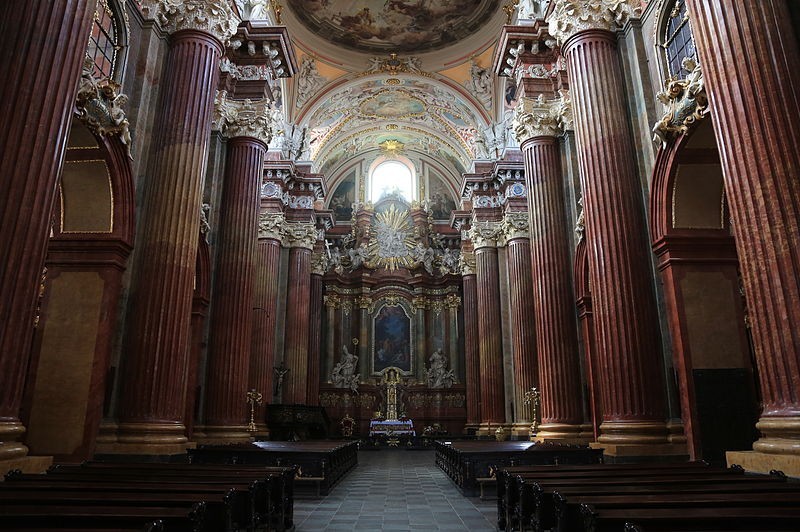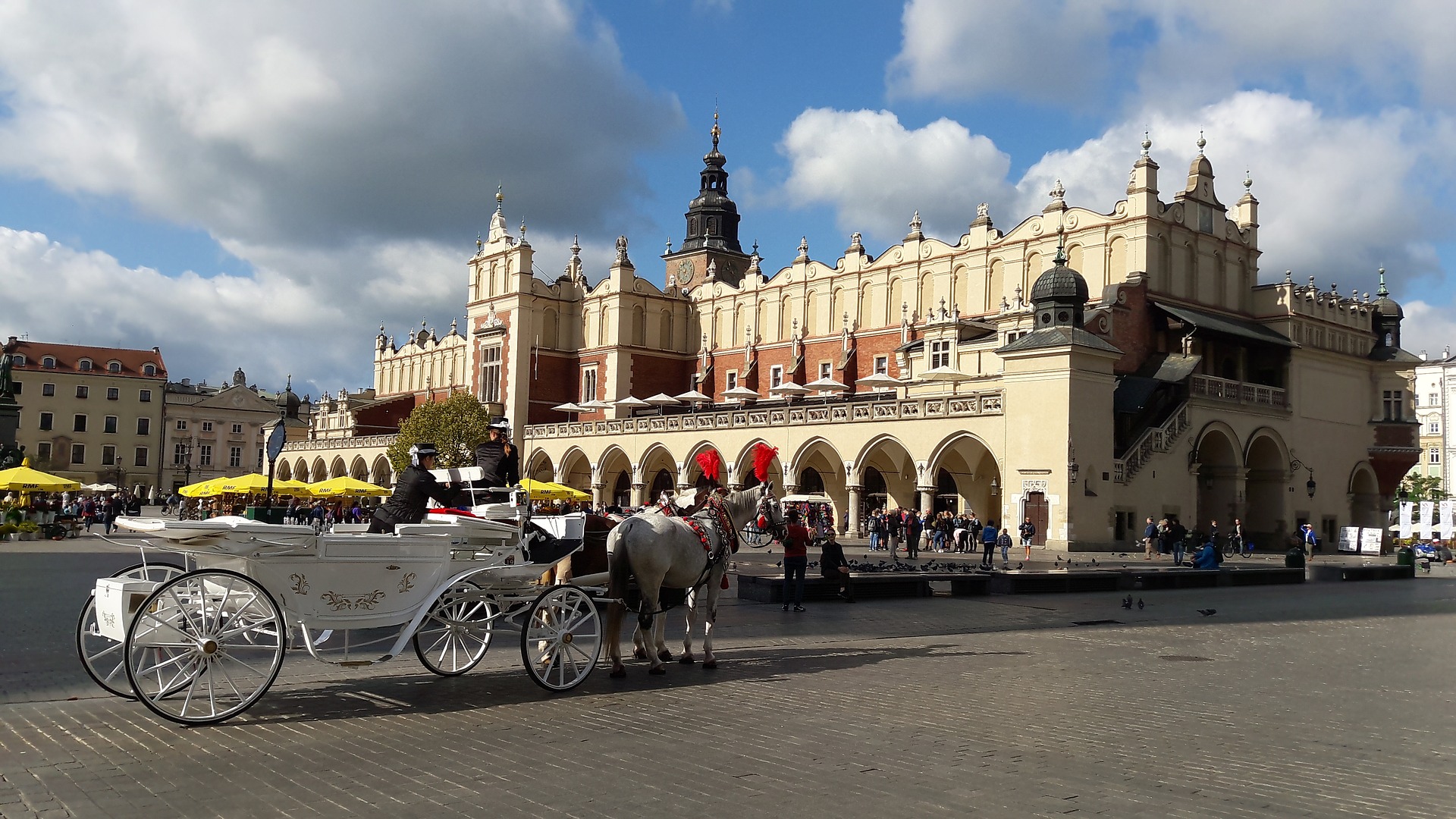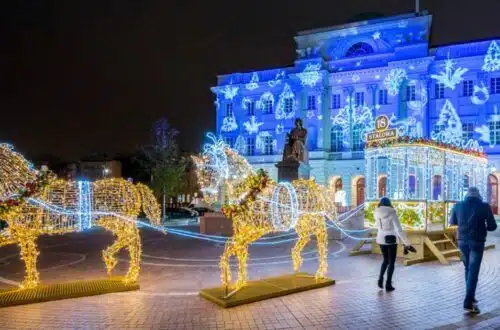How to Visit Auschwitz?
Auschwitz Concentration Camp is perhaps the most impressive memento of the horrors of the Holocaust in World War II. Within driving distance of Krakow, more than a million people, mostly Jews, were killed in a terrible way.
After the war, the concentration camp became a symbol of the enormous crimes committed by the Nazi regime, a symbol of terror and genocide, and a grim reminder of what man is capable of. For people from all over the world, Auschwitz is an important reason to visit Krakow.
About Auschwitz
The Auschwitz concentration camp is located in the Polish town of Oświęcim. Auschwitz is a collective name for several concentration and extermination camps that the Nazis built there from 1940. Auschwitz I was the first to be set up as a concentration camp. Everyone has seen the entrance gate with the words “Arbeit Macht Frei” on the photo.
In the stone barracks, many different exhibitions can be seen about the state of affairs in the camp. A few kilometers away is Auschwitz II, also known as Birkenau. This extermination camp was added later. In this part of the camp, with the famous railway through the entrance gate, the wooden barracks, and the barbed wire, most of the victims were killed.
How to visit Auschwitz?
There are two options to go from Krakow to Auschwitz. Either you book a guided, organized day trip, or you go independently, on your own.
Many people fear that the day trips may be rather rushed, and that for a more authentic experience, you are better off traveling alone. Still, it can be very helpful to have a guide, especially if you want to delve deeper into the history of the place. This is especially the case at Birkenau Camp, where there are no explanatory signs.
How to get there?
You can take a train or bus from Krakow to Auschwitz. The bus is more accessible as it stops in front of the camp, buses run frequently and cheaply. The journey takes about 90 minutes. The train only takes you to the station in Oswiecim, which is 3 km from the camps; from there you can take a taxi to Auschwitz.
More information about the bus scheme can be found in the information stand in the Cloth Hall of Krakow, on the Main Market Square. The buses leave from the Krakow bus station (back of the main station).
How to get tickets?
- Book an organized day trip
There are many options for organized tours, and you can choose between a half or full-day guided tour. You can easily book these at different locations in Krakow. You can also book your day trip to Auschwitz online here. This way, you can be sure that you can enter without worrying about all practical matters.
- Individual visit
Admission to both sites is free. You have to book in advance, because there is a limited number of 25 people who are allowed per 15 minutes. Reservations can be made via https://visit.auschwitz.org/. You can book a maximum of 3 months in advance.
There are also guided tours available at the site. At some times, it is only allowed to enter with a guide. The 3.5 hours guided tour costs 70 złoty (approx. € 16) p.p. The 6-hour (study day) tour costs 110 złoty (approx. € 26). Guides are available in several languages, including English and German, among others. For 500 złoty (€ 118), you have a private guide for your own group. Keep in mind that these guided tours do not include transport.
If you would like to visit Auschwitz I without a guide, you can do this at any time:
- From January 1 to March 30 and in November, before 10 am and after 1 pm
- From April 1 to October 31 before 10 am and after 4 pm
- In December before 10 am and after 12 pm
Opening hours
Both Auschwitz I and Auschwitz-Birkenau are open every day of the year, except January 1, December 25 and Easter. You can start your visit from 7:30 am, but the closing times are different depending on the time of year.
- December: 7:30 am – 2:00 pm
- January, November: 7:30 am – 3:00 pm
- February: 7:30 am – 4:00 pm
- March, October: 7:30 AM – 5:00 PM
- April, May, September: 7:30 am – 6:00 pm
- June, July, August: 7:30 AM – 7:00 PM
Practical Information During Your Visit
Visit Auschwitz I
At the entrance, the infamous “Arbeit Macht Frei” (“Labor frees up”), a gruesome lie. Few who were sent here have been able to retell the nightmare.
Auschwitz I has an industrial feel to it, with its brick-red buildings, but it soon becomes clear the terrible conditions in which Jews, Poles, gypsies, homosexuals, Soviet fighters, political opponents of the Nazis, and other prisoners had to survive here. In the various buildings of the camp, exhibitions and artifacts delve deeper into the horror the prisoners had to endure.
Block 5, for example, contains everyday objects and belongings, glasses, shoes, pots and pans, and much more, as well as the cut hair of people who died here.
In Block 10, Mengele conducted his horrific experiments on children and twins.
Block 11 was the first time tested with Zyklon B gas.
Block 27 contains children’s drawings that were found there after the liberation. A huge book lists all known names of the Jews who died here. The book is gigantic, but not even complete, because many names are unknown.
Visit Auschwitz II: Birkenau
A free shuttle bus runs from Auschwitz I to the larger Auschwitz-Birkenau. Buses leave every 10-15 minutes, just outside the museum.
Although you may have seen images of this place in books or on television, a personal visit is a shock. You will see the iconic gateway through which the trains passed. A little further is a copy of the type of wagon in which the majority of the prisoners were transported. There were rows and rows of barracks and bunkers as far as the eye can see. This was the terminus, and a destination most would never return to.
When the exhausted, terrified, and starving passengers arrived here after days without water or food, SS officers ruthlessly separated families and loved ones. The majority (90%) were immediately sent to the gas chambers. Those who remained had to work hard and survive in inconceivable circumstances, while death looked over their shoulders.


